READY TO GET STARTED?
REQUEST A FREE ESTIMATE
Fill out the form below or call (888) 466-7849 for a free, no-obligation estimate.
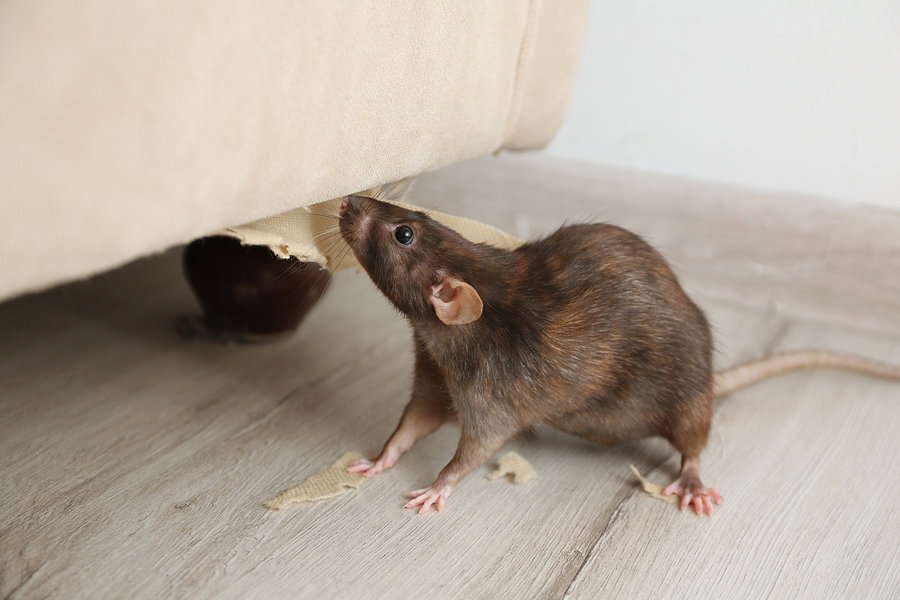
You’ve found all the signs and you’ve confirmed it – there’s a rodent in your house. But is it a rat or a mouse? Does it really matter? How can you tell? Although there are significant differences in rat vs mouse, it can be hard for the average homeowner to distinguish between the two. The behavior, diet, and habitat of each of these pests affects how they are eliminated and prevented. Proper identification is essential for effective rodent control.
There are over 70 species of mice and rats in the United States. The most common are the Norway rat, the roof rat, and the house mouse. Let’s take a look at the difference between rats and mice and why it matters.
Mice are curious and will investigate anything new they come across. Because of this, you can put set mouse traps directly in their path. Mice can stand on their hind legs when they are supported by their tails. They are excellent jumpers, swimmers and climbers and are extremely fast runners. Mice are nocturnal and most active from dusk until dawn. They do not like bright lights.
Rats are more cautious than mice. They will avoid new things until they get used to them being there. Because of this, unset traps should be placed in their path first to let them get used to them and then replaced with set traps later. Rats are strong swimmers and will often live in sewers, allowing them to enter buildings through broken drains and toilets. They will climb to get to food, water, and shelter. They follow regular routines and paths each day.
House mice are much smaller than their rat cousins. They have small heads, small feet, pointed snouts, and large ears with some hair on them. They are usually light brown in color with some gray shading and dark tails. Their droppings are shaped like small rods.
Norway rats have heavy, thick bodies. They are the largest of the three common rodent species. They have blunt snouts and short ears with dark hair. They are usually brown with black shading and shaggy coats. Their tails are dark on top and pale underneath. Their droppings are shaped like capsules.
Roof rats have light slender bodies. They have pointed snouts and long ears with no hair. They are usually gray in color with black shading and smooth coats. Their tails are dark. They have droppings shaped like spindles.
Mice prefer cereal grains and plants but they will feed on almost anything.
Rats will eat nearly anything, as well, but prefer fresh grain and meat. Rats also need 1/2 to 1 ounce of water a day to survive.
Mice prefer to nest near their food sources. They will use any soft material or shredded paper to build their nests.
Rats will burrow under buildings, along fences, and under plants or debris. Norway rats typically live in these burrows while roof rats prefer to nest in walls, attics, and trees.
Mice will have up to 10 litters per year and typically live from about 9 to 12 months.
Norway rats will have up to 6 litters per year and live 12 to 18 months.
Roof rats will have up to 8 litters per year but have fewer babies in their litters than Norway rats do.
The house mouse is considered one of the top 100 world’s worst invaders. They are afraid of rats because rats will eat them. Mice are also color blind.
Rats are nocturnal and have poor eyesight. Norway rats and roof rats do not get along and will actually fight each other to the death. Norway rats tend to live on the lower floors of buildings while roof rats will live on the upper floors.
Why does it matter whether you have a rat or a mouse? Both rat and mice droppings contain pathogens that are dangerous to humans. Both are also very good at breeding and increase their populations quickly, making them harder to control. The significance in properly identifying rats vs mice affects how they are controlled and eliminated. Because they each have such different diets, habitats, and behaviors, different methods are employed when it comes to getting rid of them. What may work for house mice might not be effective in controlling rats and vice versa.
If you have an issue with rodents or any other pests, contact a professional pest control company who can not only properly identify the nuisance pest, but also set you up with the appropriate treatment and ongoing prevention plans.
What Attracts Moles to Your Yard?
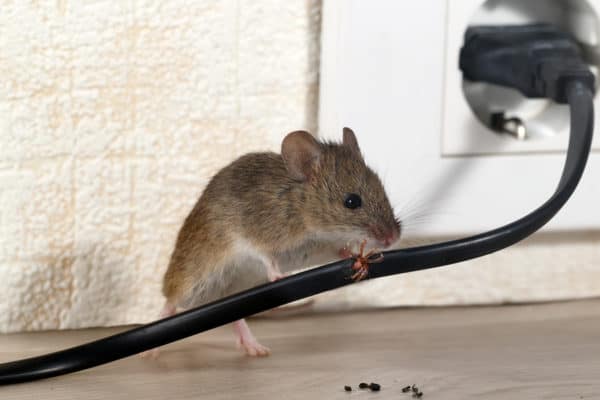
Spring makes its own statement loud and clear; the torrential downpours are soon to be here! With rain on the horizon and “social distancing” in full-force, everyone will be spending more time indoors… even pests! The last thing you want to deal with when you’re already stuck inside your home is an unwanted rodent.
There are three main species of rodent that are prevalent in homes, all of which thrive because of their ability to adapt to human environments. These are the house mouse, the Norway rat (also known as the common rat and the brown rat), and the roof rat (also known as the black rat or the ship rat). At first glance there are some commonalities between all rodent species. They all have a pair of incisor teeth in their upper jaw, short legs, long tails, and they all can cause significant damage to both your home and your health. If you look closer, however, you can see several distinguishing features in mice vs rats to help identify which pest you have.
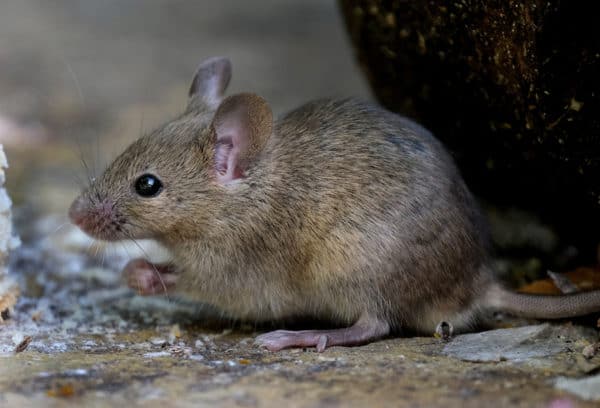
The house mouse is small in size, only about 4 to 6 inches long. In fact, they are often confused with young rats. They are usually light grey, brown, or white in color with lighter shading on their bellies. Mice have large floppy ears and smaller feet and heads than rats. They have triangular snouts with long whiskers. Their tail is proportionally longer than their head and body length.
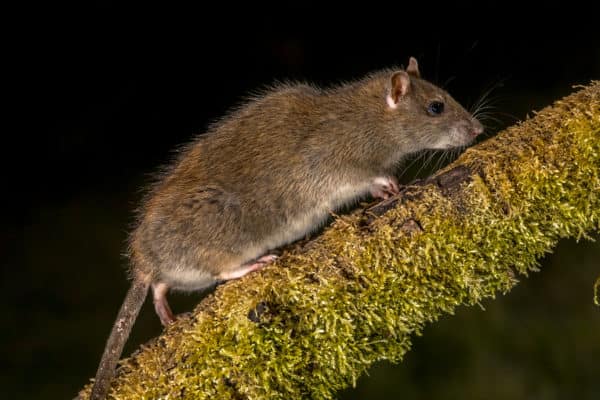
Norway rats are the biggest of the three species at about 10 inches long. They have thicker bodies with fur that is usually brown with black shading and shaggy in appearance. They have a paler color underneath their tails. Their tail is shorter than the length of their body and head and is usually hairless and scaly. They have small hairy ears and blunt noses.
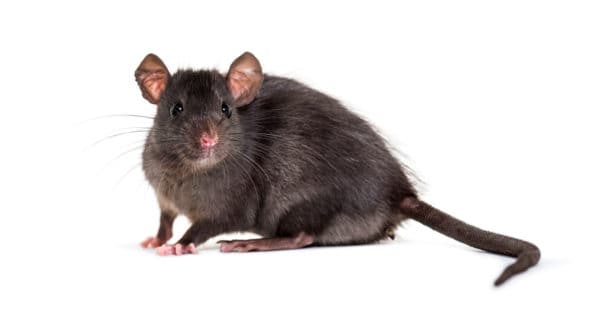
The roof rat is usually about 8 inches long with slender bodies. They have gray fur with black shading and smooth coats. They have dark tails that are usually hairless and scaly. Their tail is longer than their head and body, similar to a mouse. They have large, thin, hairless ears and pointed noses.
The house mouse prefers cereal but will eat almost anything. They kibble their grain when eating it, meaning they remove the outer husk and eat the grain that is inside. They tend to seek out food in the same places which makes baiting them easier. They don’t need to drink water but will consume about 3 mL if it is available.
Norway rats also prefer cereals but will eat what is available. They cut their grains when eating, giving them the appearance of being chopped. These rats also tend to seek food in the same places making them easier to bait, as well. They drink about 60 mL of water a day.
Roof rats prefer most fruit but will eat other foods, as well. They also cut their grain when eating it, making it look like it has been chopped. They don’t usually eat in the same location on consecutive nights making them much harder to trap. They drink about 30 mL of water per day.
House mice usually live on the ground and nest in burrows. They are quite agile and great climbers. They have smaller footprints than rats do. The grease from their bodies can combine with dirt and urine and build up pillars, a telltale sign of their presence. They will often build their nests in hidden areas near food sources out of any soft material or shredded paper they can find.
Norway rats live on the ground and in burrows. They are usually spotted throughout buildings and in sewer systems. Their burrowing can cause extensive damage to sewers. They tend to walk on the pads of their feet and leave continuous smudges on their walking paths from their oily fur.
Roof rats are mainly restricted to buildings and structures around ports and on ships in temperate climates. They are quite agile and very good climbers. They tend to nest up high under roofs (hence their name) and in warmer countries will even nest in trees. They tend to walk on their toes and surfaces they travel on will show scattered smudges.
The newborns of every rodent species are born blind, hairless and completely dependent on the mother for feeding and protection.
House mice typically have litters of 4-16 babies. They can have 7 to 8 litters per year. The reach maturity in about 8 to 12 weeks.
Norway rats typically have litters of 7 to 8 babies. They can have 3 to 6 litters per year. They reach maturity in about 10 to 12 weeks.
Roof rats typically have litters of 5 to 10 babies. They can have 3 to 6 litters per year. They reach maturity in about 7 to 8 weeks.
House mice are nocturnal creatures. They are social and territorial and tend to be bolder than rats. They are curious and will explore new things, making them easier to trap. They are skillful climbers and will fit into small holes to access areas of your home you wouldn’t expect. They are weaker than rats and are usually afraid of them as they will kill them. House mice have a musky odor and are color blind.
Norway rats are also nocturnal. They are typically fearful and cautious about new things. They don’t explore like mice do. They can climb but prefer to inhabit the lower levels of structures. They are stronger than mice and have been known to gnaw through building materials. They have poor eyesight. Norway rats don’t get along with roof rats and they will often fight to the death.
Roof rats are nocturnal. They are skilled climbers and prefer higher levels of structures. They have stronger teeth than mice and can gnaw through building materials. They have poor eyesight. they don’t get along with Norway rats and will often fight them to the death.
House mice droppings are approximately 3 to 8 mm in length. They are often found scattered randomly. They are granular in shape and black in color. They can be found near their nesting areas.
Norway rat droppings are dark brown in color. They are tapered, spindle shaped droppings that resemble large grains of rice.
Roof rat droppings are long and thin and smaller in size than those of the Norway rat. They are more regular in form with a banana-like curve and pointed ends.
Whether you have mice or rats, rodent feces can cause significant health risks for you and your family. Some common diseases caused by rodent droppings include Hantavirus, bubonic plague, salmonellosis, rat bite fever, and leptospirosis. Rodents are also known chewers and can cause damage to the structure of your home and put you at risk for fires by chewing through wires and cables.
If you suspect you have a rodent problem, contact a licensed pest control company who can help identify whether you have a mouse or a rat, apply safe rodent removal techniques, and make sure you have a comprehensive rodent control and prevention plan going forward.
4 Ways To Keep Snakes Out of Your Yard
Getting Ready for Spring Lawn Care
What You Should Know About Termites This Spring
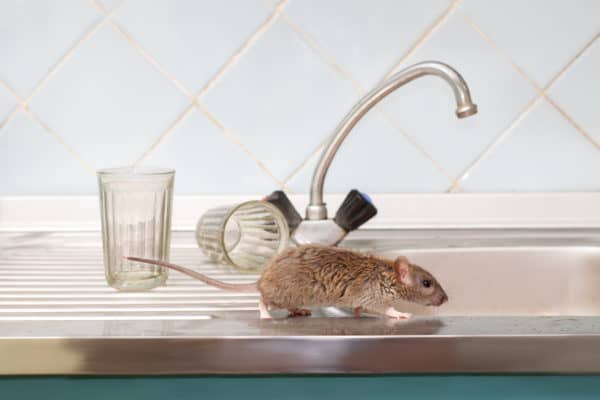
Signs of a rodent infestation are pretty easy to spot – droppings in the house, chew marks, gnawed wood, and scratching and squealing sounds at night are all pretty good indicators of a rodent problem. Before deciding on a course of treatment, however, the first step is determining which type of rodent you have. So how do you know if you have a rat or a mouse?
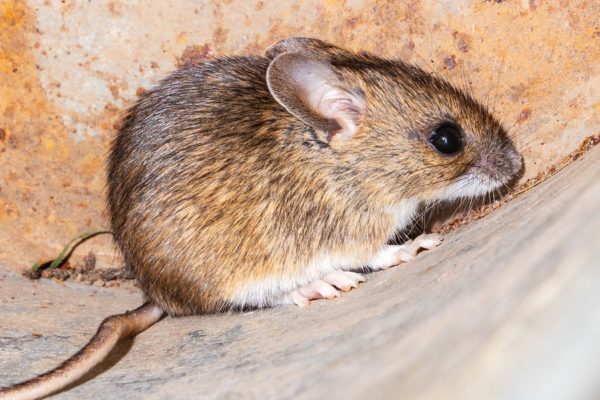
Mice are small rodents, usually about 2 to 4″ in length, with thin, long, slightly hairy tails. They have triangular shaped noses with long whiskers and large floppy ears. Mice can be brown, gray, or white in color. Mice droppings are small and smooth with pointed ends, usually about 1/8 to 1/4″ in length. They leave anywhere from 40 to 100 droppings per day. Mice prefer cereal grains or plants but will eat almost anything. They are nocturnal and tend to be bolder than rats. They are curious and will explore new things, making them easier to trap. They are skillful climbers and their small size allows them to access more areas of your home.

Norway rats are larger rodents, usually weighing about 11 ounces and measuring 7 to 9 inches in length. They have heavy, thick bodies that are brown in color with black shading and shaggy coats. Norway rats have blunt, rounded noses and short ears. Their tails are thick, hairless, and scaly and are dark colored on top and pale underneath. Norway rat droppings are brown and blunt on both ends and they leave anywhere from 20 to 50 droppings per day. They prefer fresh grains and meat but will eat just about anything. These rats typically live in burrows and prefer lower levels of homes and buildings. Norway rats are nocturnal and are more fearful and cautious than mice, making them more difficult to trap. They can climb but prefer to stay closer to the ground.
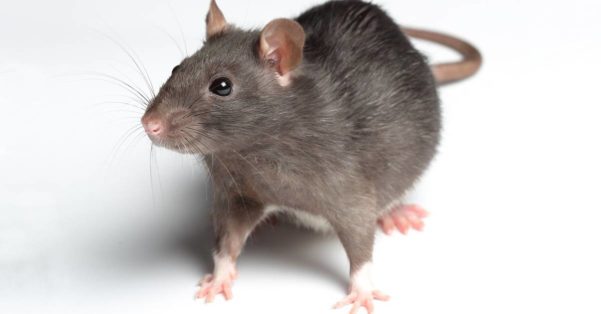
Roof rats are smaller than Norway rats, weighing about 7 ounces. They have light, slender bodies that are gray in color with smooth coats. They have thick, hairless, scaly tails that are dark in color. Roof rats have pointed snouts with large ears. Roof rat droppings are dark with both ends pointed. They will also eat just about anything but prefer fresh grains and meat. They are nocturnal and timid in nature. Because of this, they can be difficult to trap. They are excellent climbers and are more often found nesting in walls, attics, and trees.
Regardless of whether you have mice, Norway rats, or roof rats, all of these rodent species can cause damage to your home and property by chewing through wires, pipes, insulation, and drywall. They can also cause damage to furniture and carpets. All rodents can contaminate food and countertops. Serious diseases caused by rat droppings and mouse droppings include Hantavirus, salmonellosis, and more. They all reproduce quickly and a minor problem can become a major infestation in no time.
Keeping these pests out of your home is critical to helping protect the safety of both your family and your property. Here are some rodent control tips you can implement in and around your home:
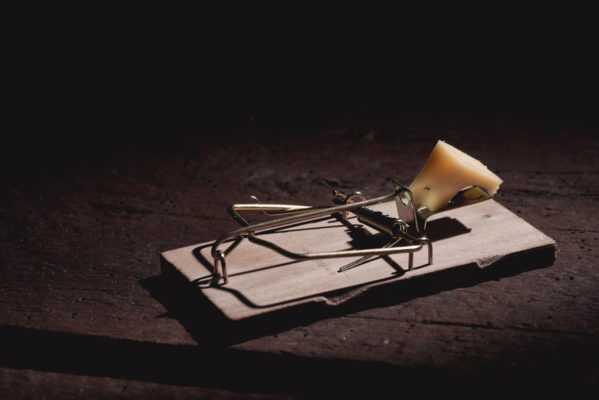
What’s the difference between a mouse and a rat? Identifying the type of rodent you have is the first and most important step in controlling your rodent problem. What works to control mice won’t necessarily work to control rats. Here are the differences between mice and rats along with some tips to prevent and get rid of them.
The most common mouse found in the United States is the house mouse.
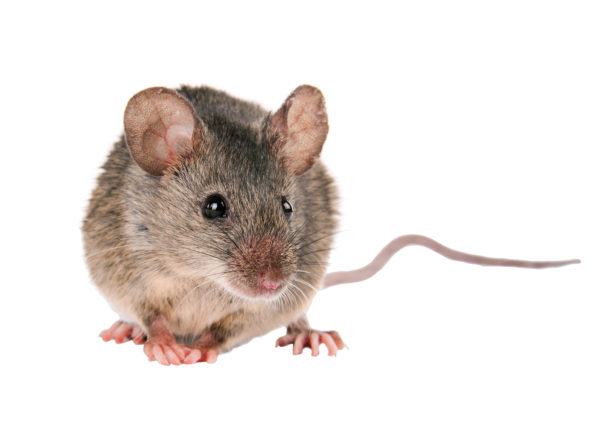
The two most common rats found in the United States are the brown rat (Norway rat) and the black rat (roof rat, ship rat).
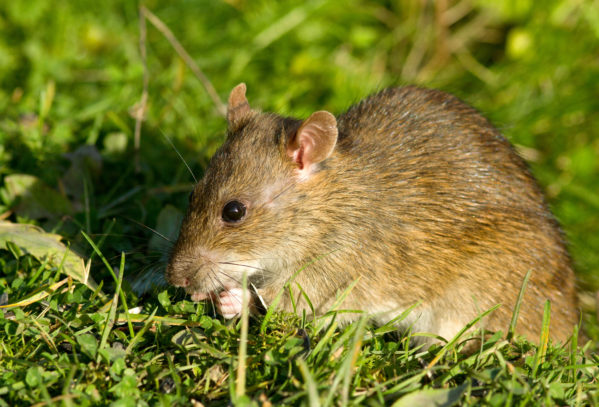
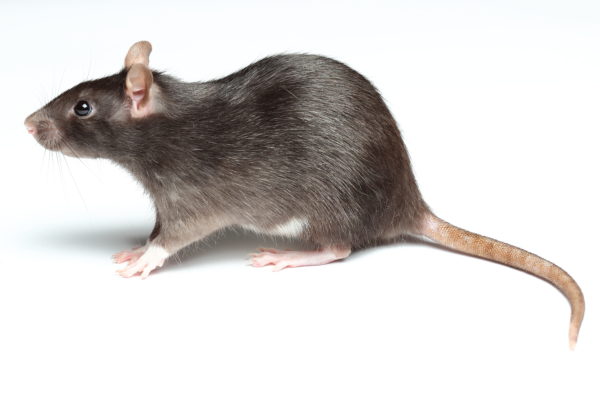
Now that you know the difference between mice and rats, what can you do to get rid of them? Check out these 7 tips for getting rid of both mice and rats:

What’s the difference between a mouse and a rat? Identifying the type of rodent you have is the first and most important step in controlling your rodent problem. What works to control mice won’t necessarily work to control rats. Here are the differences between mice and rats along with some tips to prevent and get rid of them.
The most common mouse found in the United States is the house mouse.

The two most common rats found in the United States are the brown rat (Norway rat) and the black rat (roof rat, ship rat).


Now that you know the difference between mice and rats, what can you do to get rid of them? Check out these 7 tips for getting rid of both mice and rats: